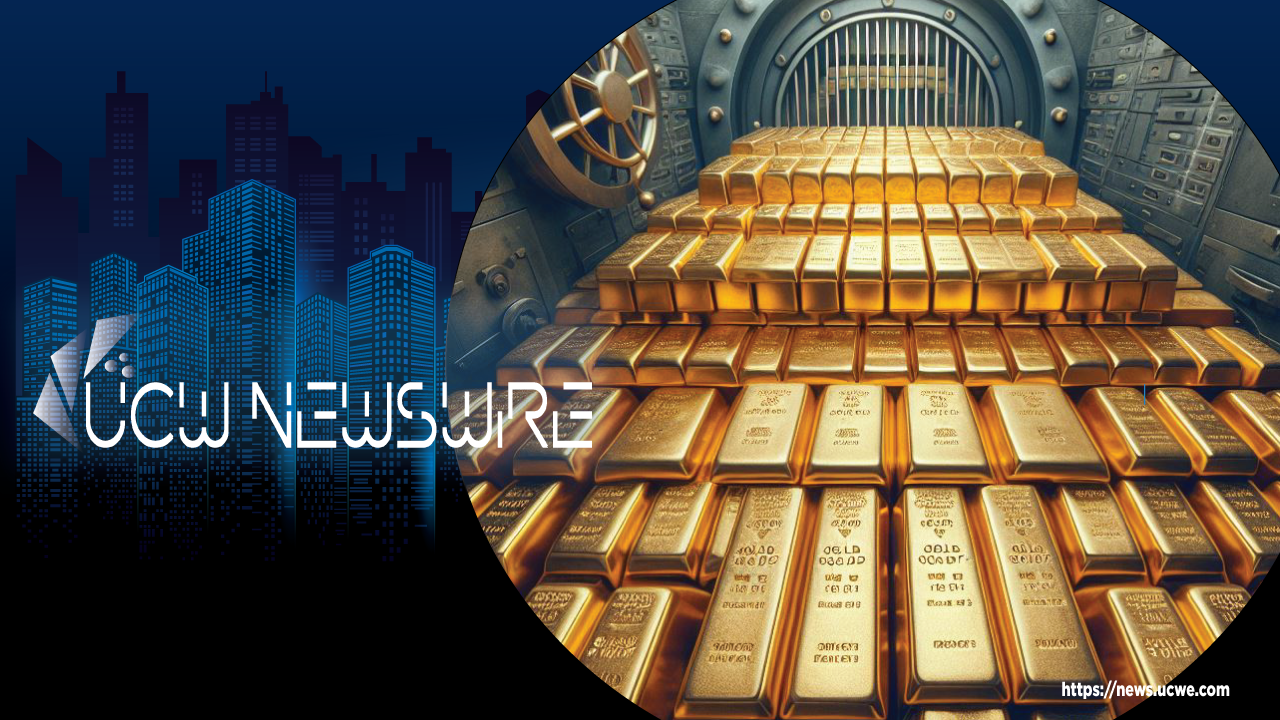Gold Prices Face Volatility Amid Geopolitical and Economic Developments
Gold prices wavered on Tuesday, dropping to a one-week low before recovering slightly as a mix of geopolitical and economic factors played tug-of-war over investor sentiment. Spot gold remained steady

Gold prices wavered on Tuesday, dropping to a one-week low before recovering slightly as a mix of geopolitical and economic factors played tug-of-war over investor sentiment. Spot gold remained steady at $2,626.83 per ounce by late afternoon, paring earlier losses after dipping to its lowest since November 18. Meanwhile, U.S. gold futures edged up 0.1% to settle at $2,621.30 per ounce.
This fluctuation follows Monday’s sharp $100 plunge, which saw gold retreat from a three-week high. The sell-off was largely attributed to optimism surrounding a ceasefire deal between Israel and Hezbollah, tempered by the nomination of Scott Bessent as Treasury Secretary by U.S. President-elect Donald Trump. Bessent’s appointment signals potential shifts in economic policy, cooling safe-haven demand for gold.
Middle East Ceasefire and Broader Geopolitical Risks
A reported ceasefire agreement between Israel and Lebanon, including Hezbollah, contributed to easing immediate geopolitical fears. However, analysts caution that the truce only modestly reduces overall risk levels.
“Geopolitical concerns persist, particularly around the ongoing war in Ukraine, which keeps the gold market in a state of choppy consolidation,” said Peter Grant, senior metals strategist at Zaner Metals. Grant forecasts gold will range between $2,575 and $2,750 in the near term.
Tariffs, Fed Policy, and Inflation
Investors remain wary of Trump’s proposed tariffs on Canada, Mexico, and China, which could trigger trade wars and indirectly bolster gold’s appeal as an inflation hedge. However, inflationary risks tied to tariffs could also curb Federal Reserve rate cuts, which would weigh on gold prices.
The Federal Reserve’s November meeting minutes released Tuesday showed mixed views among officials on rate policy. While some participants favored pausing rate easing if inflation remains high, others advocated for accelerated cuts if the labor market or economic activity weakens. Currently, markets are pricing in a 56% chance of a rate cut in December.
Broader Commodity and Digital Asset Trends
Other metals displayed mixed performances. Spot silver gained 0.4% to $30.40 per ounce, while palladium rose 1% to $982.87. Platinum slipped 1.3% to $926.35, though analysts at Commerzbank project prices could rebound to $1,100 by 2025.
In addition, the rise of cryptocurrencies as a viable asset class is reshaping the investment landscape. Digital assets like Bitcoin, Ethereum, Litecoin, and Pecu Novus are increasingly being viewed alongside traditional commodities such as gold and silver. Analysts predict investors will adopt diversified portfolios, balancing exposure across stocks, bonds, precious metals, and cryptocurrencies to hedge against economic uncertainty.
Looking Ahead
As investors navigate the interplay of geopolitical developments, shifting Fed policy, and the rise of alternative assets, gold’s appeal as a traditional safe haven remains intact but faces growing competition. The next few months will be crucial in determining how these forces shape the commodities market.
Andrew Danson
UCW Newswire

